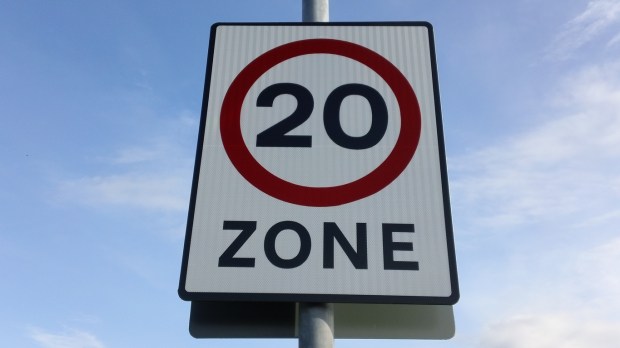This week began with more frightening graphs from SPI-M, the government’s scientific modelling committee. A team at Warwick University calculated that, had the 21 June reopening gone ahead, hospitalisations could have peaked at over 3,000 a day in August.
By contrast, the first peak in April 2020 saw 3,149 admissions in one day and the second peak in January reached 4,160 on a single day. Yet, like the infamous ‘4,000 deaths a day’ graph presented at the Downing Street press conference last October to justify a second lockdown, it took only a couple of days for questions to be asked about the assumptions behind the scenario.
It transpired that the team had assumed that two doses of the AstraZeneca were 90 per cent effective at preventing serious illness and the Pfizer vaccine 91 per cent. Public Health England has since put out figures suggesting that these are unduly pessimistic: it estimates that two doses of AstraZeneca have 92 percent efficacy against serious illness and Pfizer 96 per cent. While that might seem a small difference, it indicates that we might expect fewer hospitalisations among Pfizer recipients than was modelled by the Warwick team.
Somewhat pessimistic assumptions for the efficacy of vaccines have been a regular feature of SPI-M modelling this year. As I have written here before, modelling by Imperial College in February – used to inform the roadmap out of lockdown – assumed that two shots of the AstraZeneca vaccine were just 63 per cent effective at preventing symptomatic illness. Imperial’s modelling also considered a pessimistic case where two shots of AstraZeneca were only 50 per cent effective at preventing symptomatic illness. Phase 3 trials, on the other hand, suggested 70 per cent efficacy against symptomatic illness, and subsequent US trials have raised this to 76 per cent. Remarkably, Imperial assumed that the second dose of AstraZeneca had no extra protective effect on top of the first dose – which rather flies in the face of what the government has ben telling us for the past few months.
Along with immunity gained through vaccination, there is also the question of natural immunity gained from infection. Public Health England has published some new data on this. Out of 4 million confirmed infections it reveals that 15,893 (0.4 percent) were ‘possible reinfections’ from the same strain of the virus, and a further 53 were confirmed reinfections – i.e. samples from both infections had been sequenced and found to be the same variant. There were also 478 cases where people have been infected twice and where on the second occasion they were found to be infected with a variant which was not known to be in existence at the time of the first infection.
These figures do not in themselves allow anyone to calculate the risk of reinfection, but the low numbers of reinfections detected so far suggests that infection with the virus does confer strong immunity from reinfection – and that the immunity is likely to last many months.
Got something to add? Join the discussion and comment below.
Get 10 issues for just $10
Subscribe to The Spectator Australia today for the next 10 magazine issues, plus full online access, for just $10.




















Comments
Don't miss out
Join the conversation with other Spectator Australia readers. Subscribe to leave a comment.
SUBSCRIBEAlready a subscriber? Log in